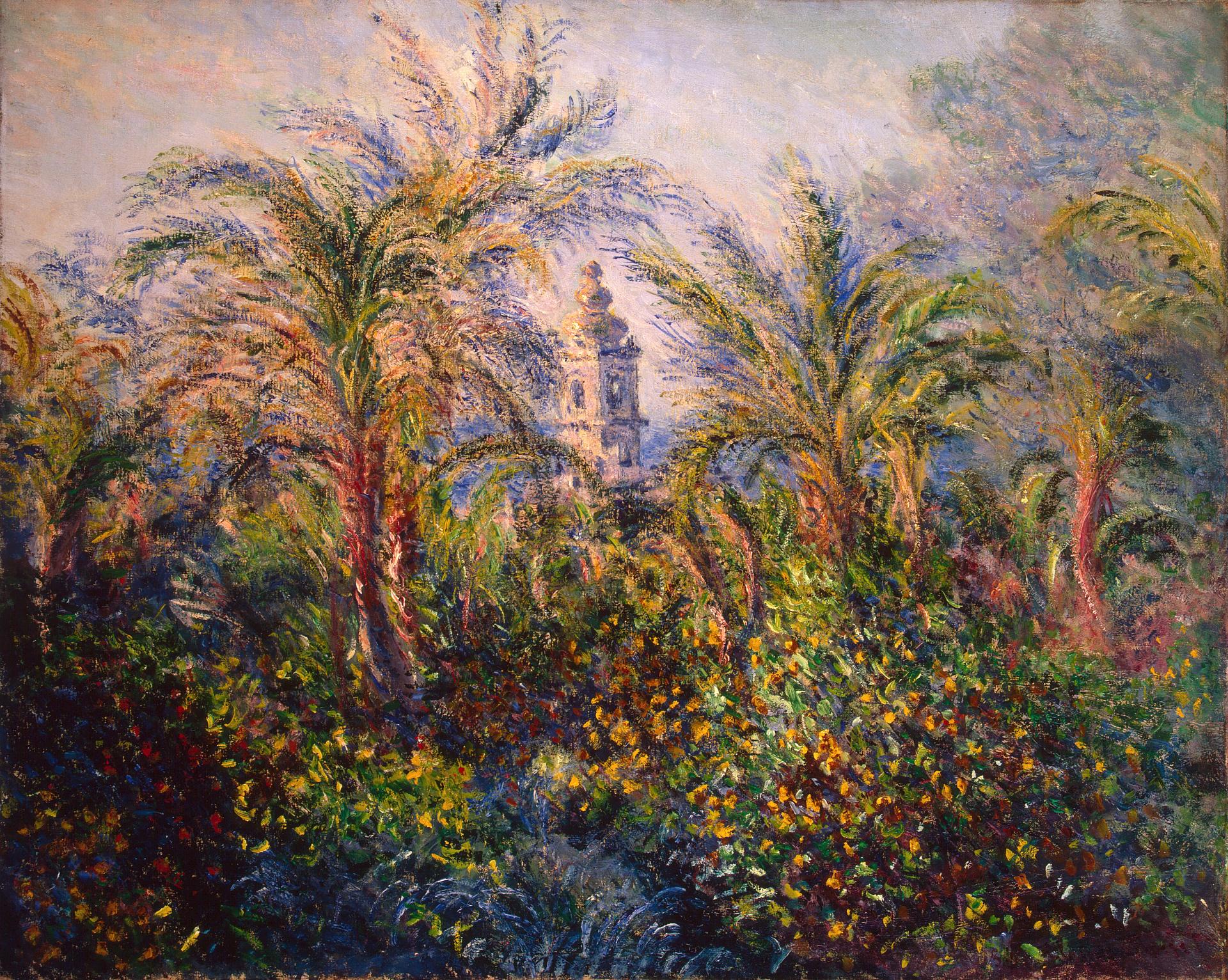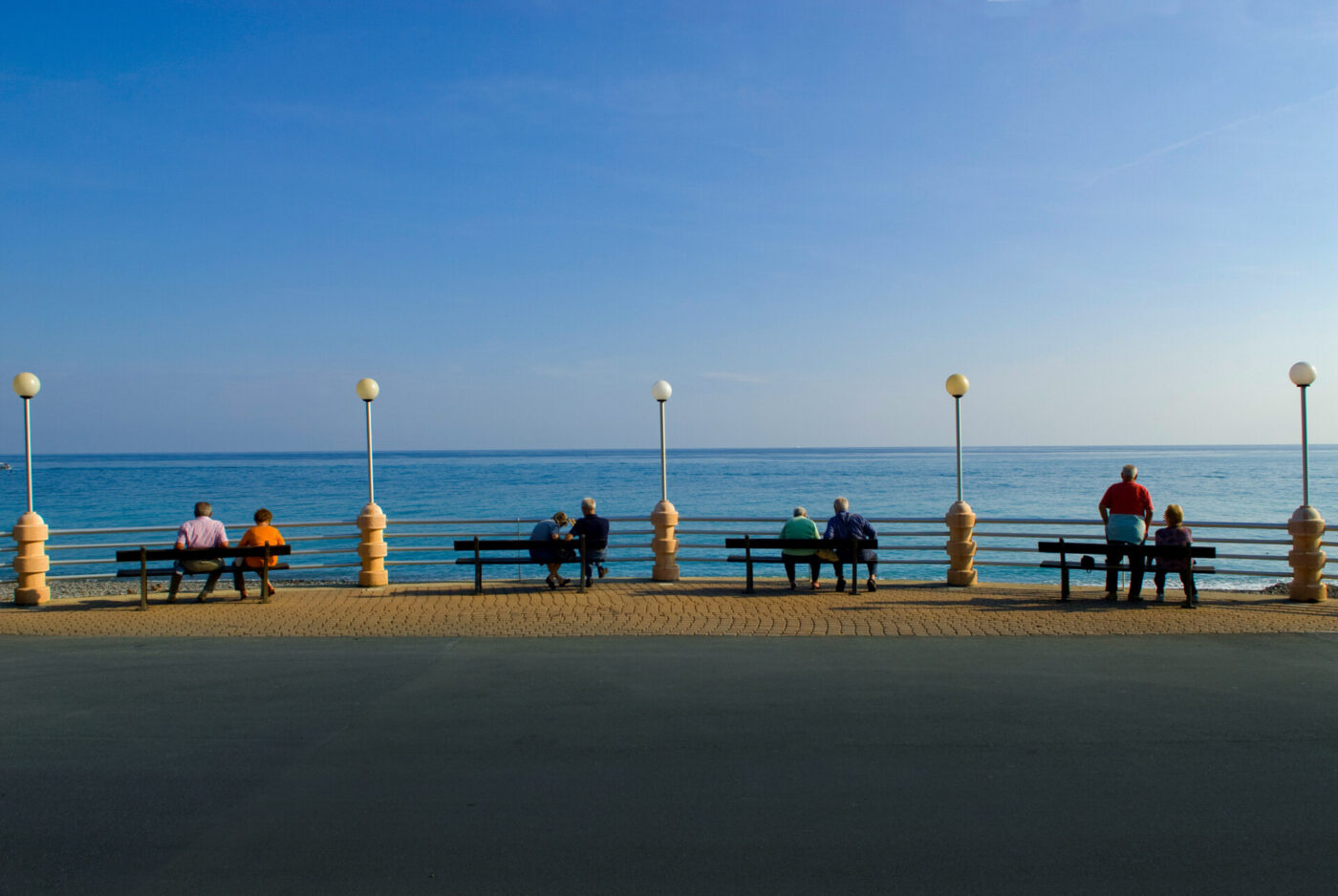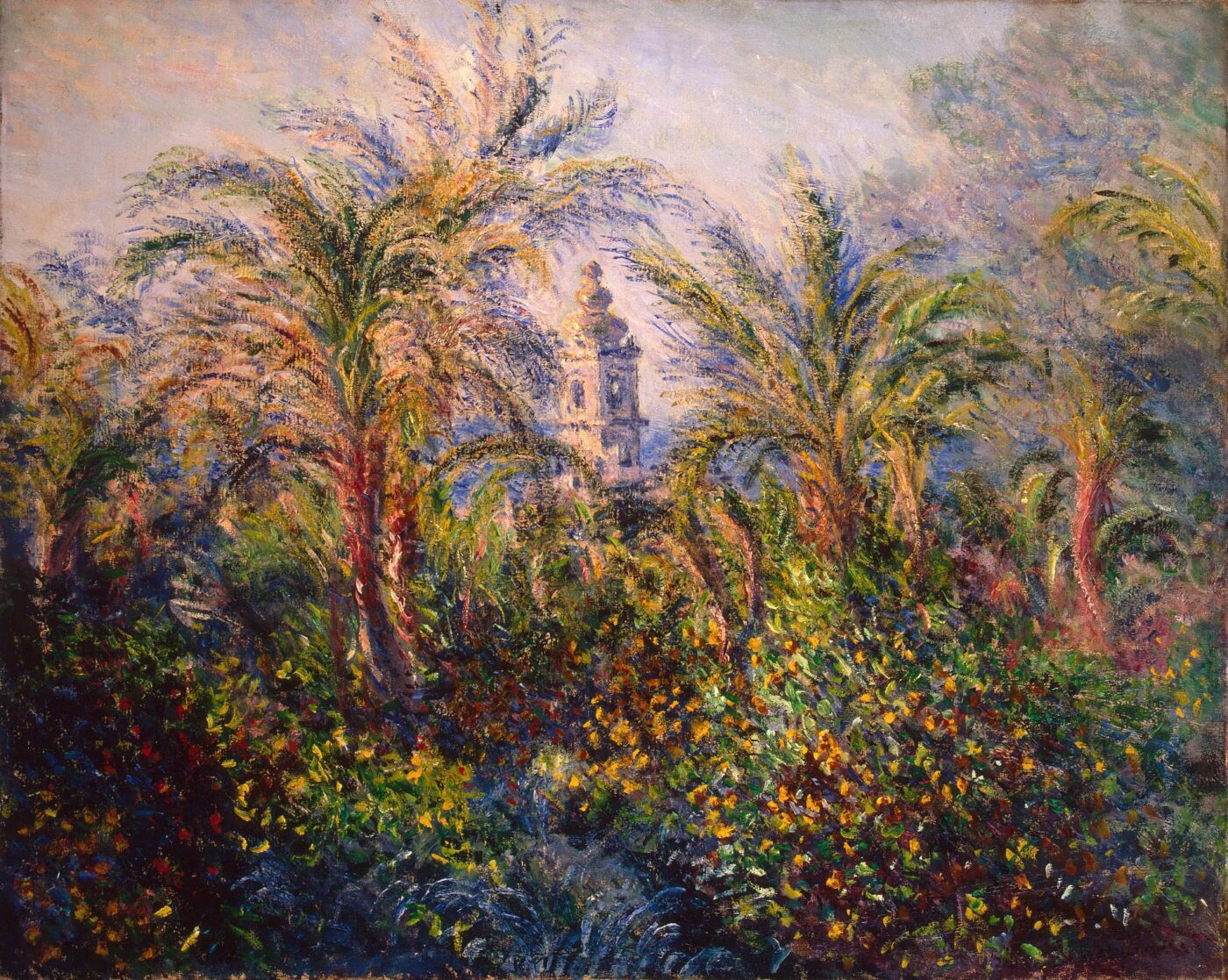When I visited Bordighera last summer, the lush neighborhoods, Anglo legacy, and settled affluence reminded me less of places I know along the Italian Riviera and more of the Hamptons, New York’s perennial summer playground–at least the East End towns I remember before they became the high-wattage resorts they are today.
Granted there are plenty of differences—the beautiful, 19th-century homes in Bordighera come with fin-de-siècle rather than New England shingle style detail; you’ll find more bougainvillea than privet hedges lining the gardens; the stunning seafront has pebbly sand, although calmer and warmer seas; there’s fior di latte gelato instead of peach ice cream to order on a hot summer day.
Like the Hamptons, Bordighera’s profuse natural beauty has long attracted accomplished artists, along with deep-pocketed vacationers who wanted a stunning seaside setting with a distinct creative vibe. The great painter Monet couldn’t resist the place. He initially came with Renoir in 1883 and returned for a solo visit intending to stay three weeks, but remained three months, as he tried to capture the ethereal light and verdant settings on canvas, a task he first thought his normal palette of colors wasn’t quite up to (although he would go on to produce more than three dozen paintings of the town and its surroundings). Renoir’s Bordighera output was less, although he too complained about the inadequacy of his paintbox for rendering the bewitching luster of Riviera settings.
André Aciman, the author of Call Me By Your Name (which was made into the critically acclaimed movie by Luca Guadagnino) says he based his novel in Bordighera—although in the book it is only referred to as B. When speaking about the town, Aciman told an interviewer there are places that “you bond to, and that you go visit time and time again.”
Bordighera has been luring visitors for over 200 years. A widespread novel, Il Dottor Antonio (1855), helped popularize the village beyond the Italian peninsula. A few decades later, train routes connecting Paris and London to the Ligurian coast shortened rail journey time and made Bordighera a magnet for travelers from abroad, especially from England. At one point, the English presence was so robust that they outnumbered the local population during the winter, then considered the choicest season, as those who could afford to come here did so to escape the cold, rainy winters of the north. (Summer on the Riviera only became popular in the 1920s.)
The first queen of Italy, Margherita, claimed Bordighera for her royal retreat. (Queen Victoria holidayed in Menton and Nice; the Russian empress Maria Aleksandrovna opted for Sanremo.) Margherita stayed initially at the Villa Etelinda, once owned by the Bowes-Lyon family where Queen Elizabeth, the Queen Mother, visited as a child. Margherita later built a Baroque-style villa nearby and came every year until her death in 1926.
Along with arrivals from England, the celebrated architect Charles Garnier, famous for creating the lavish Paris Opéra and Monte Carlo Casino, was captivated by Bordighera. They and other prosperous vacationers had villas commissioned, notably along Via Romana, which were designed with statement-making verve. The enduring elegance of the Belle Époque architecture (incorporating a melange of styles including Art Nouveau and Neo-Baroque) makes the street one of the most exclusive to live on today.
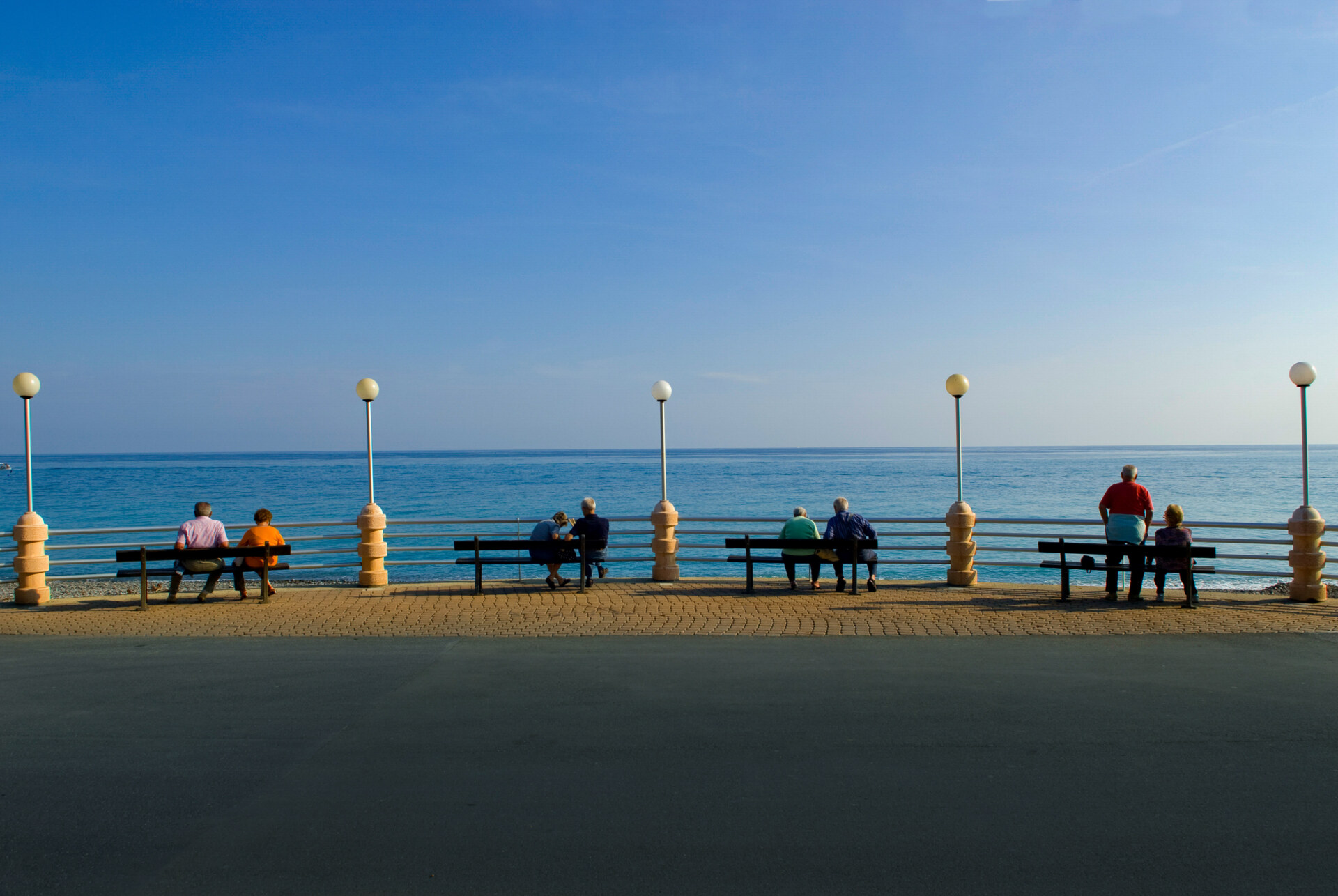
With so many advantages—a stunning setting, artistic legacy, and great beaches—there’s also a well-preserved centro storico, so why isn’t Bordighera better known among international travelers? The town is on several well-trafficked rail routes, so it’s not exactly hard to get to. Prices for rentals, hotels, and restaurants are often more attractive than in other resorts along the Italian or French Rivieras (not to mention the Hamptons). Perhaps it’s because Bordighera’s initial fame was rooted in the 1800s, while destinations like Portofino and St. Tropez became famous after WWII, when celebrities and, later, billionaires came to frolic and never left. (Besides, megayachts can’t linger here; they need to drop anchor down the road in Sanremo or Ventimiglia, the site of a new marina from Monaco Ports.)
While Bordighera is easily accessible from the Côte d’Azur and Genoa, it isn’t as near the well-trodden Rome-Florence tourist path as Liguria’s best-known resorts, perhaps another reason why it still enjoys a “hidden gem” status.
“Cinque Terre is close to Florence,” says Francesca Oggero, a fourth-generation owner of the popular Villa Elisa Hotel & Spa, now over 100 years old, on the famous Via Romana. “Bordighera is not. And when Americans fly into Nice, they often stay in towns nearby.” Another factor for Bordighera’s lower-key renown is that it has only a dozen or so hotels, says Oggero. In peak season, guests at her property, which includes a good-size pool and spa, come largely from Italy and Northern Europe.
But the absence of glaring fame may be a blessing in an era when over-tourism can quickly turn a destination from desirable to impossible. Even in high season visitors here can find uncrowded beaches and get reservations at restaurants. Day-trippers aren’t a problem. “It’s not the kind of place where you have to rush to be first in line for a museum or ferry,” says Oggero. “There’s more of a ‘slow travel’ approach, with people coming to stay for several days.”
And much longer. As in the 19th century, Bordighera with its splendid villas has been a prime spot for extended holidays and for second homes. “It’s an attractive destination, even in the winter for those escaping cities with bad weather and pollution,” says Fabia Devia, head of Agenzia Domus, a prominent real estate group in Bordighera and along the Riviera dei Fiori. She says her clients are a 40-60% mix of Italians and internationals, who choose this town over other Riviera havens for its tranquility and privacy. “My clients come to get away,” says Devia. “No one recognizes you, or if they do, they don’t make a fuss.”
Although Bordighera is sought out in winter, summer remains the key time for rentals. Devia says that a two-bedroom apartment typically goes for €1,500 a month in June and September; jumping to €3,000 in July and €3,500 for August. Villas remain highly sought after to purchase, ranging from three to five million euros, competitively priced when compared with some spots along the Côte d’Azur. Devia points to the recent conversion of the former luxury Hotel Angst (named after a Swiss hotelier) into apartments. It will provide more high-end options for those wanting to buy into the posh Via Romana.
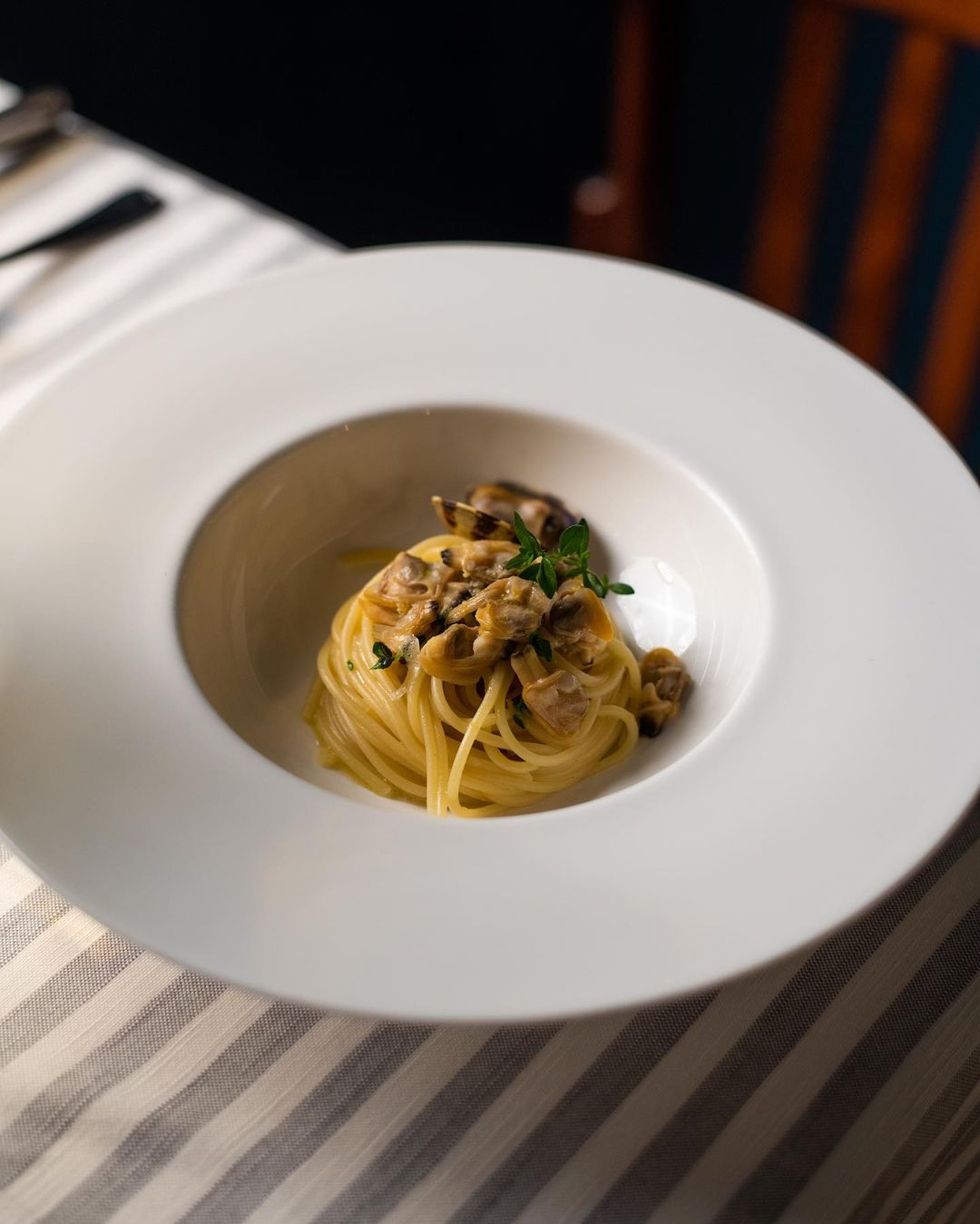
Courtesy of Magiargè Osteria Contemporanea
The Past in Two Parts
Bordighera has both a medieval core, the Città Alta, and the “lower” part of town that flourished when the English arrived. The historic center is an evocative area, a maze of arched caruggi and small squares flanked by stone houses and shops. It’s also studded with restaurants, like the recently opened seafood-centric Ristorante del Capo, relocated from Ventimiglia. Also in the center is Novantiqua, providing a different take on the Ligurian dining experience by serving up local catch with a Japanese twist. Francesca Oggero of Villa Elisa also likes to suggest spots like La Cicala, where specialties include artichoke ravioli, grilled Sanremo shrimp, and homemade panettone; and Magiargè, which has a ciuppin Sanremasco (a Ligurian fish stew) on the menu and a nice outdoor terrace.
To get a sense of fin-de-siècle Bordighera, take a stroll along the Via Romana where you’ll find various period villas, like the Villa Regina Margherita and Villa Etelinda, as well as the Museo Bicknell, founded by Clarence Bicknell, an influential English author, botanist, and archaeologist. The museum has an extensive library with many nature-focused books, and a range of collections (butterflies, herb specimens, artwork, and antiquities); the garden has “monumental” fig trees and includes a botanical itinerary.
Villas that permit tours include the Villa Garnier, built by Charles Garnier and now a hotel retreat owned by the Sisters of St. Joseph of Aosta, and the Villa Mariani, parts of which were designed by Garnier. This house-museum and atelier, once home to the painter Pompeo Mariani, includes the garden that inspired several of Claude Monet’s paintings. Tours for both villas require reservations.
Those interested in Bordighera’s English past can visit the Anglican Church (religious services ceased in 2000), now a cultural center. Through May 19th, 2024, the center is hosting an exhibit, Personaggi di Ieri, a tribute to the town’s most prominent personalities. The Bordighera Lawn Tennis Club, founded in 1878 and the oldest in Italy, is still in active use. Non-members can reserve courts for a fee. The English also created Bordighera’s first public library at Via Romana 52, with a collection that includes about 80,000 books in English, Italian, French, and German.

Irene Brin
Where to go to the beach in Bordighera
Unlike some other coastal Ligurian resorts, where beach space is at a premium, Bordighera offers a wide littoral flanking the region’s longest lungomare, or sea promenade (about two kilometers in length) with both free beaches and private lidos. (In 2023, the eastern and western beach zones of the Capo Sant’Ampelio were ranked Bandiera Blu.) Among the well-known lidos are Il Garroccio and Kukua Beach; in addition to loungers, umbrellas, and floating platforms, Garroccio has a seafood restaurant serving lunch and dinner. At Kukua, there’s a chiringuito, open from breakfast until late at night, and live music and DJ sets in the evening. Other choices include Maoma and Bagni Amarea, both with well-regarded restaurants. Amarea is a short walk from the Chiesa Sant’Ampelio, a church dating from the 11th century.
Side trips from Bordighera
In Sasso di Bordighera, you can stop by Irene Brin’s Garden, devoted to environmental art in memory of the pioneering journalist and gallerist who wrote for Diana Vreeland when she was at Harper’s Bazaar. Brin was knighted by the Italian government for her contributions to Italian fashion. About a 20-minute drive from Bordighera is Dolceacqua, a village that also entranced Monet, who depicted it in several landscapes. It is also known for the red wine, Rossese di Dolceacqua DOC. The hilltop borgo of Seborga, about a half-hour by car from Bordighera, is also a worthwhile visit. The village, which proclaimed itself a sovereign state in the 1960s (not recognized by Italy), has an elected prince or princess, its own currency and postage, and views that reach all the way to Monaco.
Events in Bordighera
Throughout the year, Bordighera hosts various festivals, like the culinary A Town of Flavors (June 27-28th) in the historic center and A Sea of Flavors (July 29th-31st) on the seafront. There’s also a book festival from August 22nd-25th.


